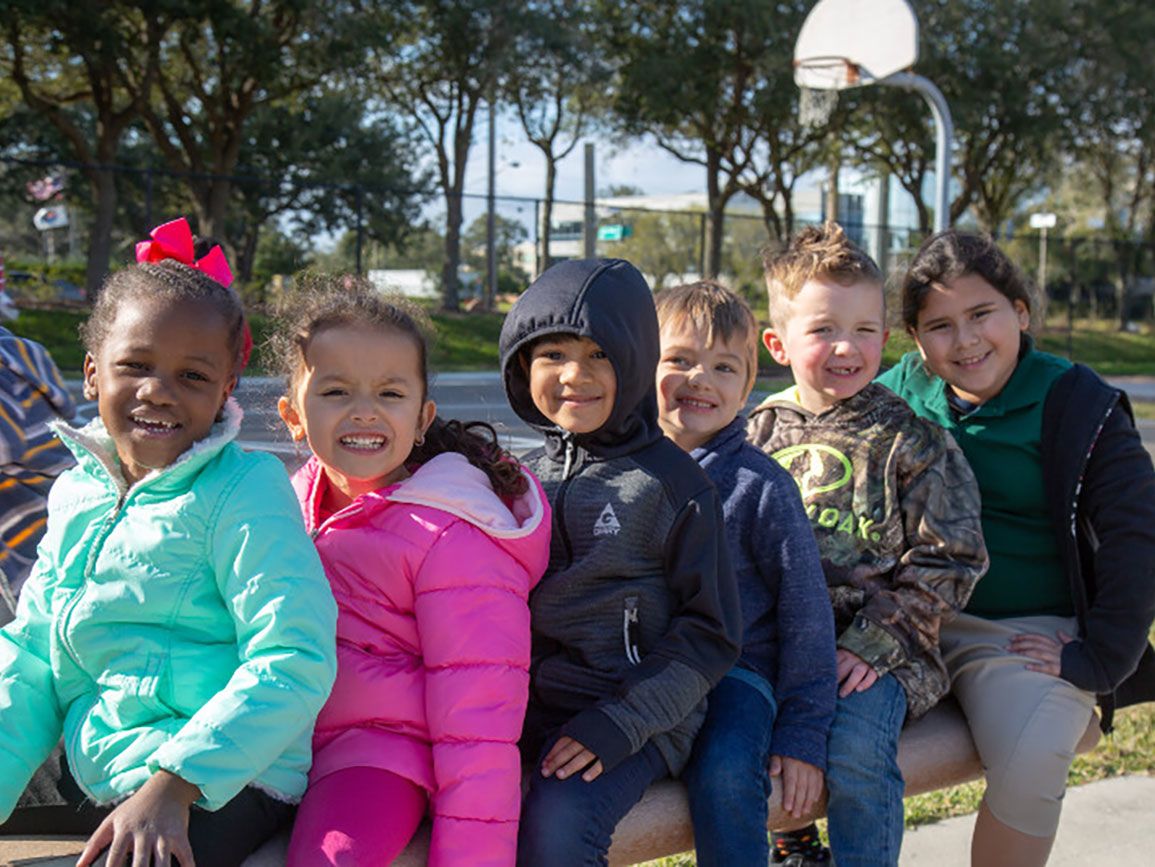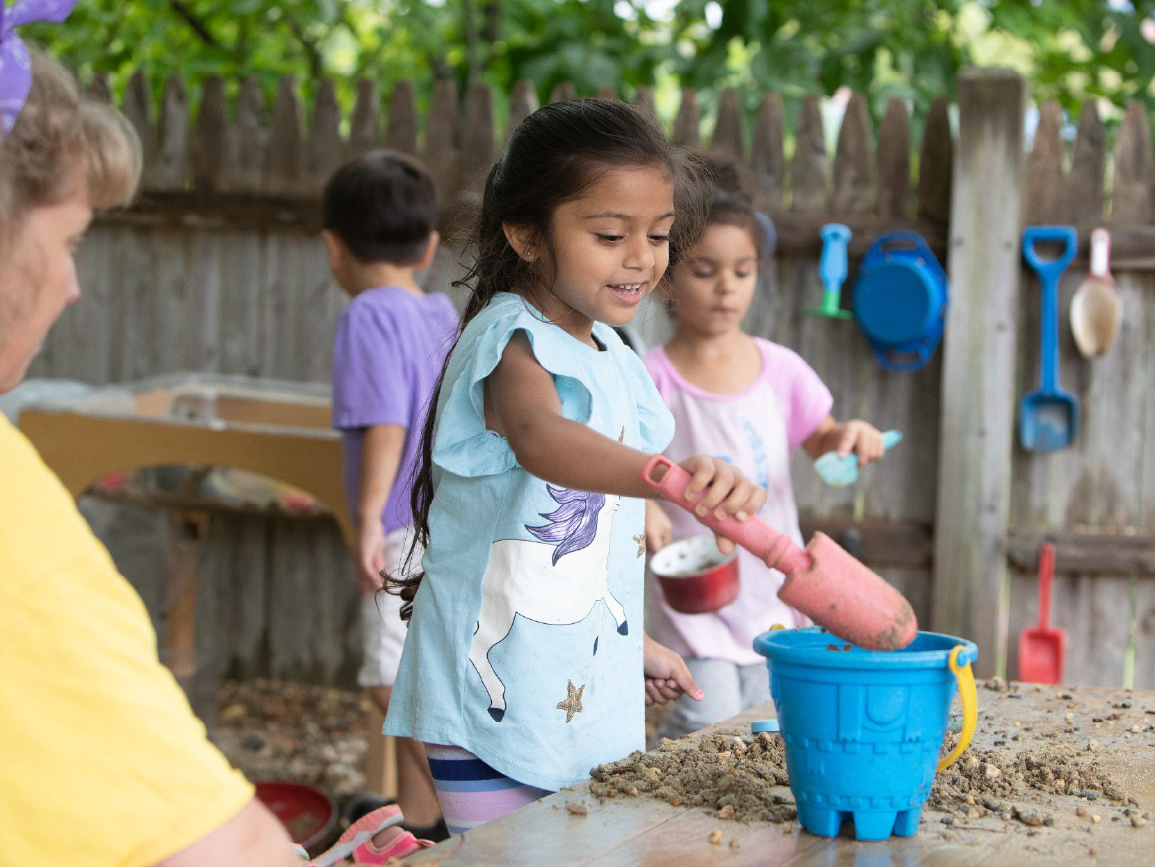The world is an interesting place with lots of things to learn about. However, many young children (and even parents too) are better at identifying exotic animals like a tiger or whale than the local plants and wildlife that live around them. Luckily, families can venture outside armed with fun games to help children safely explore the world and habitat around them.
Nature Walk Ideas for the Whole Family
- Color walks. During your nature walks, look for all the colors you can see, or one specific color, and make a color journal. You can also make up something you have to do when you see a color—hop three times when you see purple, walk backwards when you see orange, etc.
- Penny walks. Make a game while taking walks during your family time. At every intersection, flip a coin. Go right on heads, left on tails. If you get heads or tails twice in a row, go straight. With children 5 and up, talk about chance or keep track of the flips. Try and guess what it will be. Make a map of your trip.
- Micro-climate walks. On a hot day, go for a walk in sunny and shady areas, waterside areas, or breezy areas, and notice how the temperature is lower in the shade and even lower in shady areas with trees, or with a breeze off the water.
- Animal and plant walks. Go on a "wanted dead and alive" nature walk and search for living things (insects, animals, plants) and once-living things—keep a journal or collect specimens. Distinguish between live and dead plant material and inanimate things, like stones or sand.
- Wet walks. Walk in the rain, walk through puddles, and above all, get wet.
- Architecture walks. Talk a walk around your neighborhood, city or town, notice how houses are alike or different—size, shape, roofs, windows, doors, porches, landscape.
- Car/truck walks. Notice how cars are alike or different, or look for convertibles, yellow cars, or other distinctive cars or trucks.
Tips on Sharing Nature with Children
There are many benefits of connecting children and nature including health, wellness, and establishing a connection to the natural world. In his wonderful series of books on experiencing nature with children, Joseph Cornell writes that above all else, exploring nature is becoming receptive and feeling with every sense.
In Sharing Nature with Children he offers these guidelines for spending some time outdoors as a family.
- Teach less and share more. Besides telling children the bare facts of nature ("This is a mountain hemlock tree."), I like to tell them my inner feelings in the presence of the hemlock tree.
- Be receptive. Being receptive means listening and being aware of the outside world.
- Focus on the childs attention without delay. Some children are not used to watching nature closely, so find things that interest them and lead them bit by bit into the spirit of keen observation.
- Look and experience first, talk later. Smell the lilac, rub the bark, or listen to the rumble of the garbage truck, then have the conversation.
More on This Topic
- We have teamed up with the Appalachian Mountain Club to produce this video, Getting Kids Outdoors.
- To get more time outside as a family, consider one of the many Learning at Home Ideas for outdoor play: Stone Search, Walking Barefoot, Leaf Collection, Recording the World.
- Join the conversation on our Online parenting community about outdoor activities with a toddler and find tips.
- One of the best and most traditional way to spend time outdoors as a family is to go hiking. Find tips and tricks for hiking with kids on our blog.
- Find educational, environmental activities for kids to help you teach your children to go green.
- Learn about the benefits of nature on childrens intellect, social, and physical well-being.





